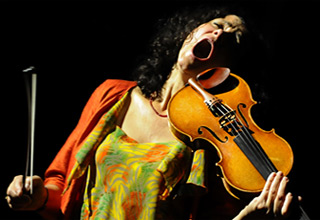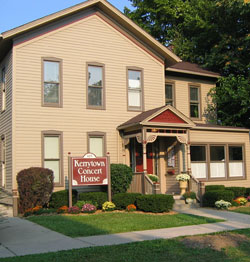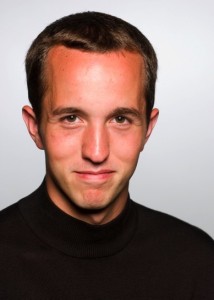Once again, we find ourselves in the thick of things. The New York concert season is reaching a fever pitch of pre-holiday season intensity, in which presenters and ensembles try to get their programs heard before the inevitable onslaught of Messiahs, Nutcrackers, tree-lighting ceremonies, and caroling elbows its way to the forefront of New York’s calendar of musical events – ready or not. While we can’t be in two places at once (I still think Steve Smith has a magic ring that enables this power!), hopefully between the various new music enthusiasts in the Sequenza 21 community’s NYC cadre, we can support these “hot tickets.”

11/4 at 8 PM at Weill Recital Hall: Opera Shorts 2011
The third annual installment of the Remarkable Theater Brigade’s Opera Shorts program is this Friday. These mini-operas – ten minutes or less – are an emerging composer’s dream: a chance to hear a brief slice of their work on the stage. But Opera Shorts draws some heavy hitters to the mini-opera game as well. The 2011 installment features works by prominent songsters Jake Heggie, William Bolcom, and Tom Cipullo, as well as emerging creators Marie Incontrera, Mike McFerron, Davide Zannoni, Anne Dinsmore Phillips, Patrick Soluri, and Christian McLeer. Given the length of that list, it’s lucky that none of them have Wagnerian ambitions — this time out at least!
11/4 at 8 PM on the water: Bennett Brass at Bargemusic






